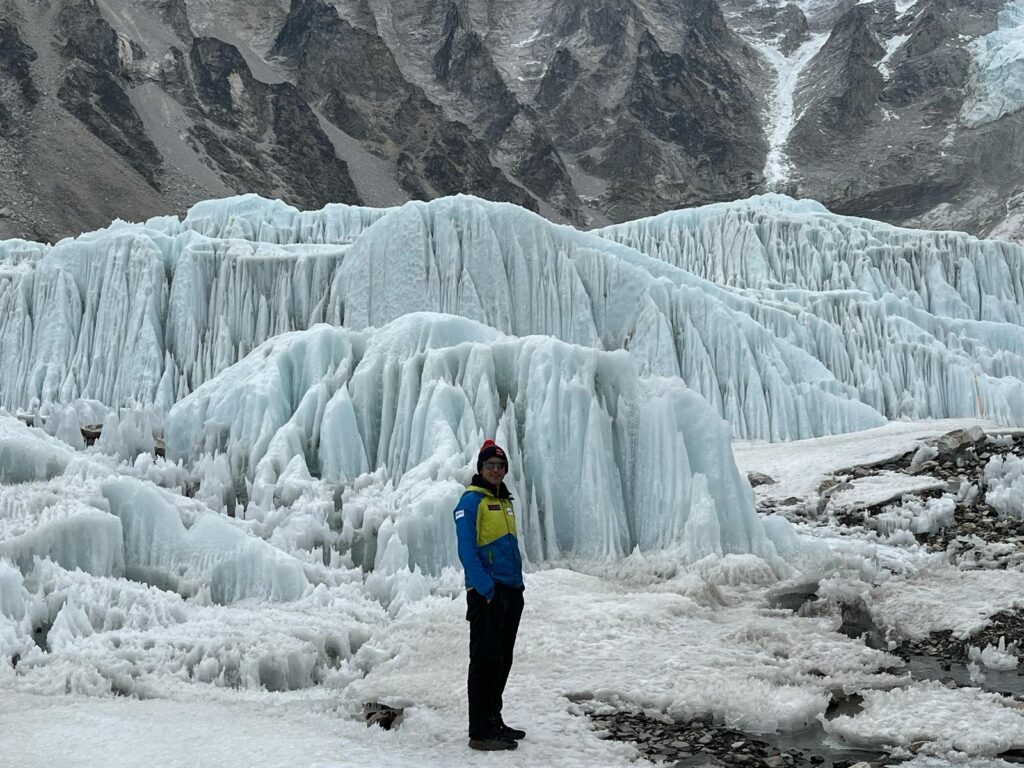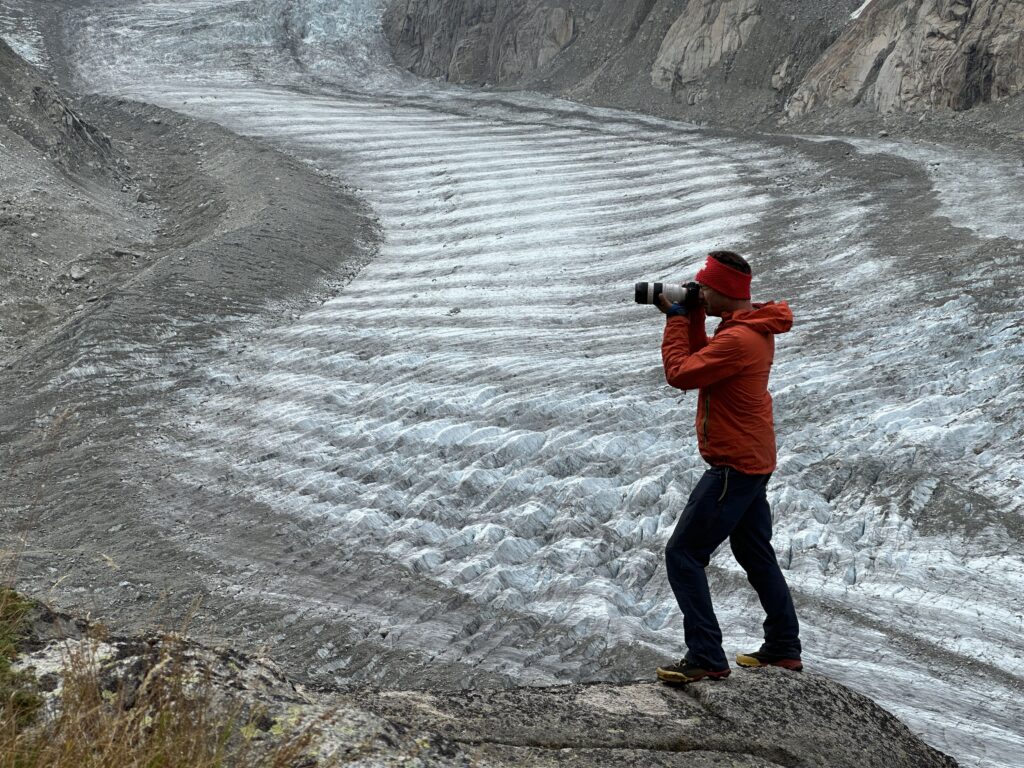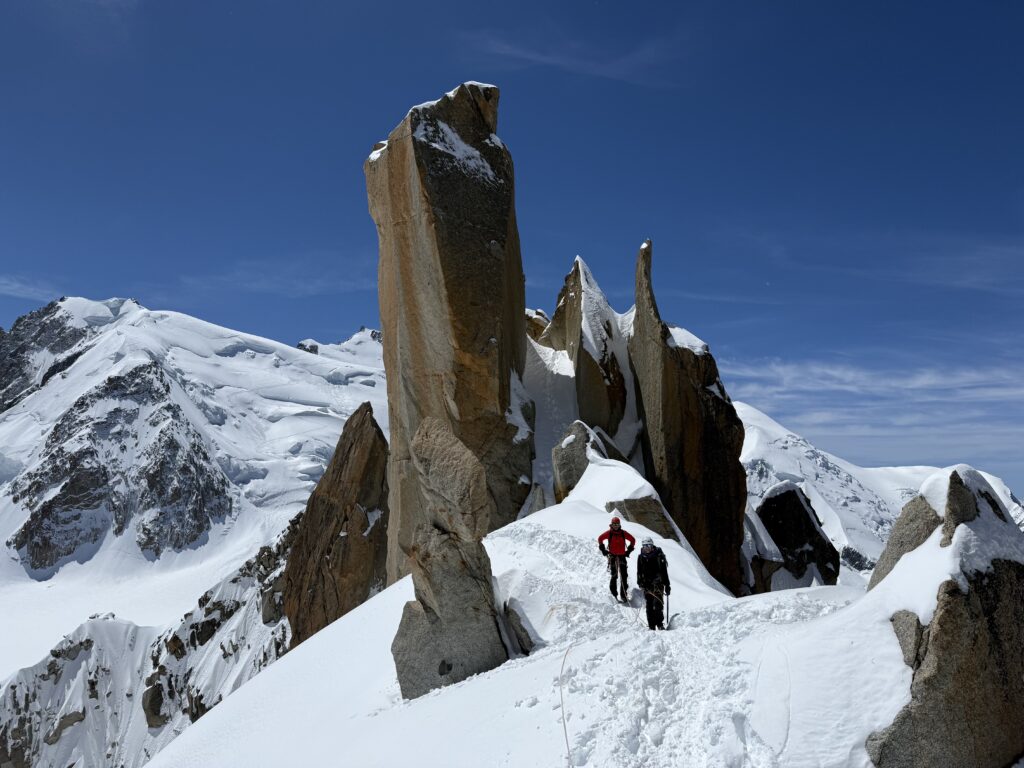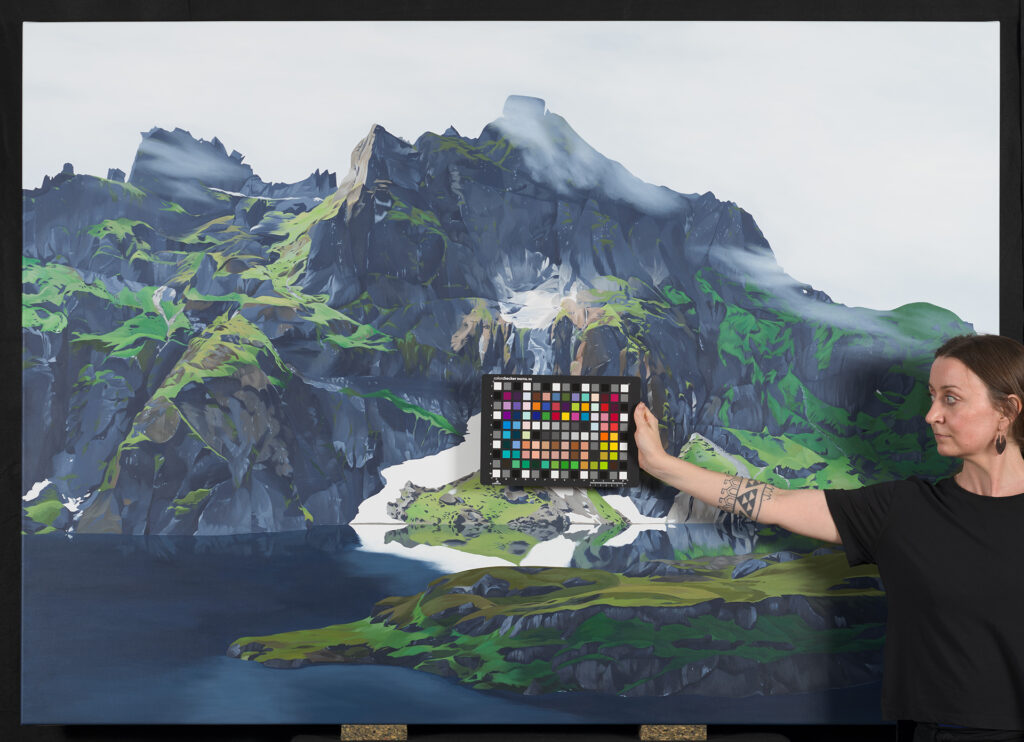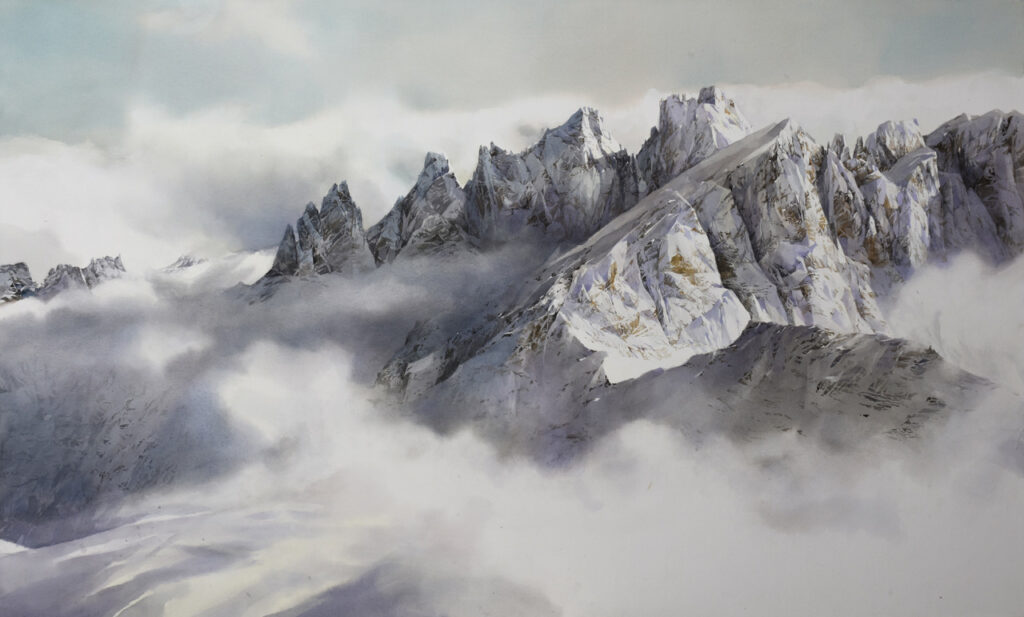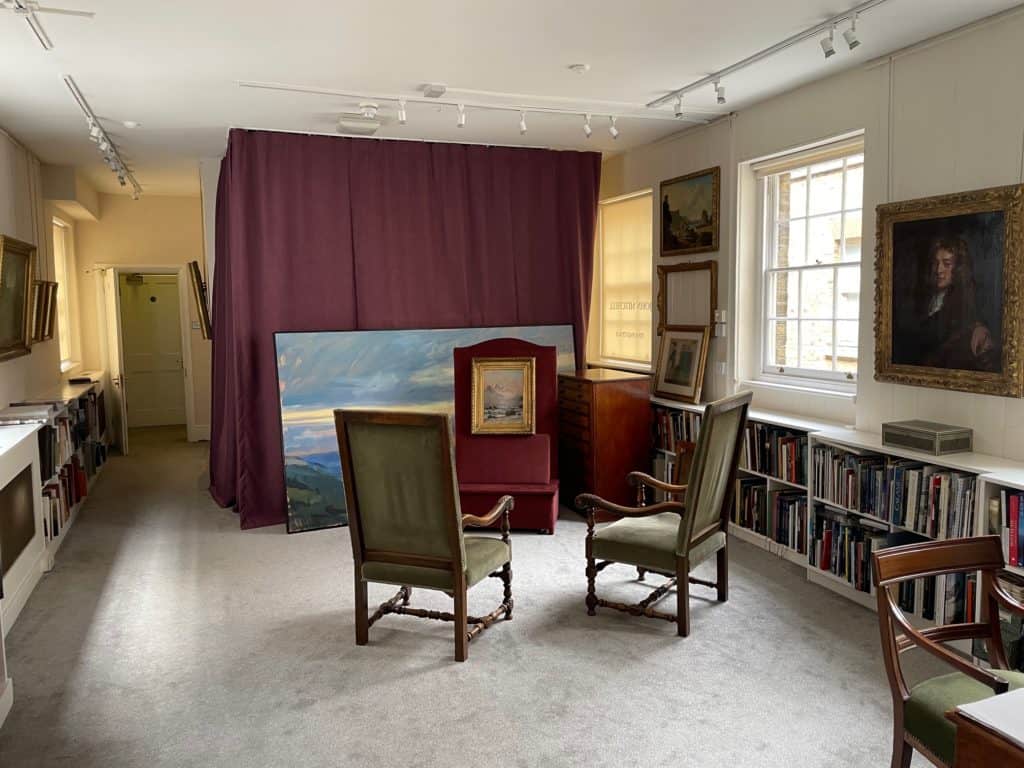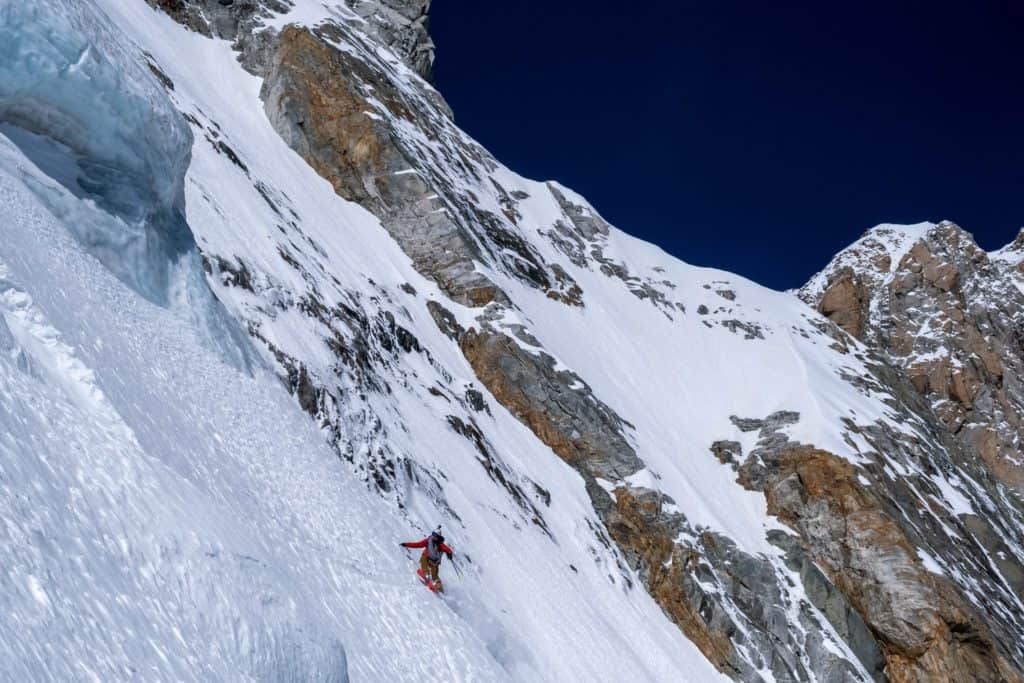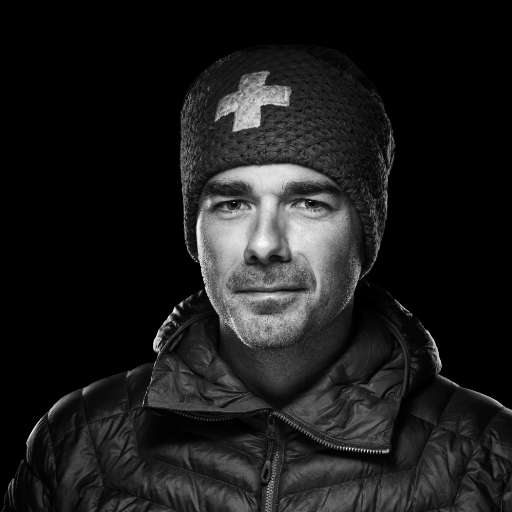It's only a short step from a professional career with major companies to interior design... for those who dare to follow their passion. This is the path chosen by Angélique Buisson, who left the world of environmental management to found Angel des Montagnes in 1994. Specializing in Alpine chalet design, Angélique Buisson has turned her love of the mountains into a veritable philosophy of life. Her signature blend of authenticity, modernity and elegance has made her a household name in the world of interior design. Today, she reveals her creative approach, her expert advice and her vision of art. Meet Angélique Buisson, the decorator who breathes the soul of the mountains into the heart of Alpine chalets.
Angélique Buisson: when the mountains become a vocation
Can you tell us about your career path? What led you to become an interior designer, specializing in the mountain world?
Originally, I wasn't particularly destined for the world of decoration. I began my career by studying law, followed by a course at the Institut d'Études Européennes Denis de Rougemont, and then an MBA. Later, while pursuing a professional career in large companies where I dealt with environmental issues, I embarked on a doctorate in environmental management.
Parallel to this trajectory, the mountains have always held a special place in my life. As time went by, I increasingly felt the gap between my deep passion for the alpine world, my desire to evolve in the heart of this authentic environment and the reality of a very urban professional life.
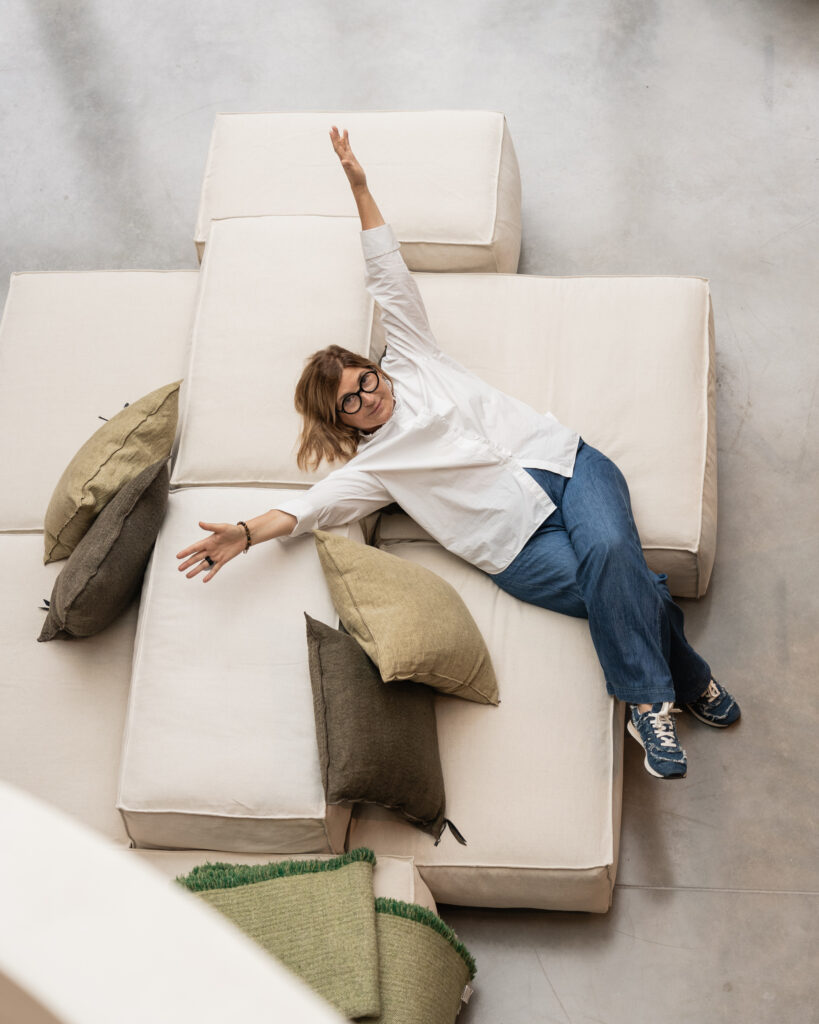
That's how my company, Angel des Montagnes, was born in 1994. We subsequently opened boutiques in Paris, Japan and Italy. Right from the start, our philosophy of simplicity and authenticity naturally resonated with the public. Even today, these values remain deeply rooted in each of my creations.
What's your role in the interior design process, and how do you work with the architect and customers throughout the project?
My role is to optimize plans in collaboration with the architect. I bring my own vision to interior design, pushing ideas further, proposing new solutions that the architects might not have thought of. Initially, I work on coverings and technical plans, particularly electrical. Once this stage has been validated by the customer, I draw up a complete project description, including elevations, sketches, material samples, etc., which is then presented to the client.
Once this envelope is clearly defined, we move on to the development of trend boards. The trend boards provide a more concrete vision of the project, with suggestions for furniture, colors and a preview of the desired overall ambience.
Finally, we proceed to the actual decoration, working each piece down to the last detail. The whole process can take from 18 months to two years.
Successfully fitting out an alpine chalet: advice from Angélique Buisson
What is your creative approach when starting a new decorating project in an alpine chalet?
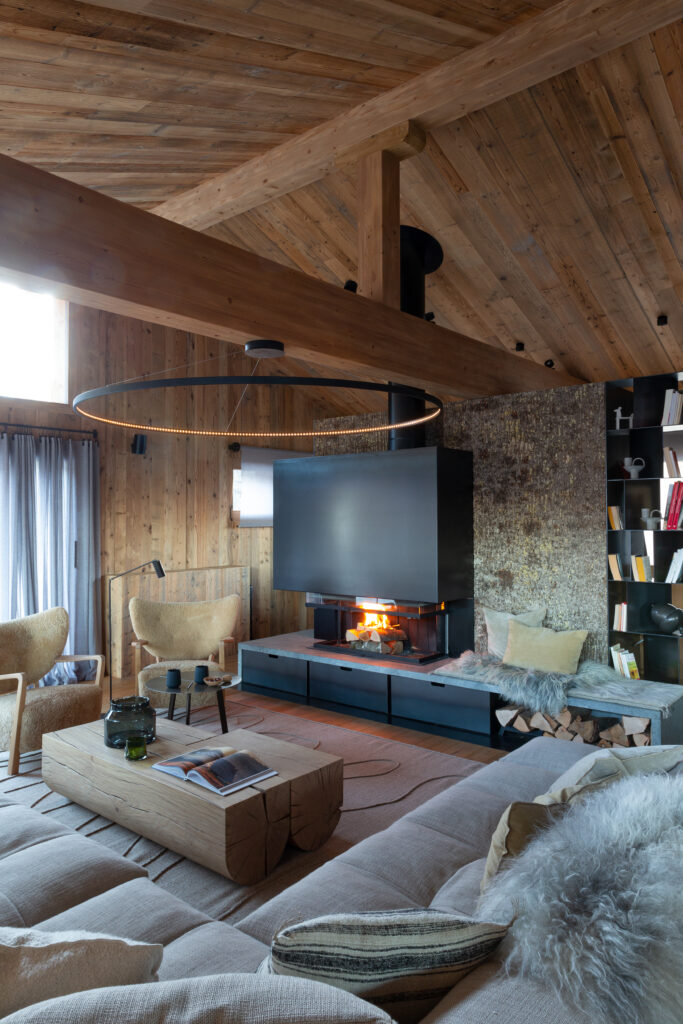
When it comes to designing a chalet, two elements occupy a central place for me: the staircase and the fireplace. I'm particularly passionate about staircases, which are often regarded as mere technical elements, whereas they play an essential role in harmoniously linking the different floors of the chalet. My aim is always to design open, airy staircases, allowing light to flow freely through the spaces. To achieve this, I like to combine different materials, such as wood and glass, to create elegant, warm and luminous spaces.
Once I've designed the staircase, I turn my attention to the fireplace, another emblematic element of Alpine chalets. I like to think about its strategic position: should it separate two spaces, be at the heart of a reading corner, or simply lean against a wall? Its material - wood, metal or other - and its technical design are aspects I particularly enjoy working on.
Beyond the fireplace and staircase, are there any other key elements that you systematically integrate to create an Alpine ambience in a chalet?
Wood remains my material of choice. But what characterizes me above all is the harmony I create with it. I always make sure to use the same wood throughout a chalet, never trying to juxtapose different species or materials.
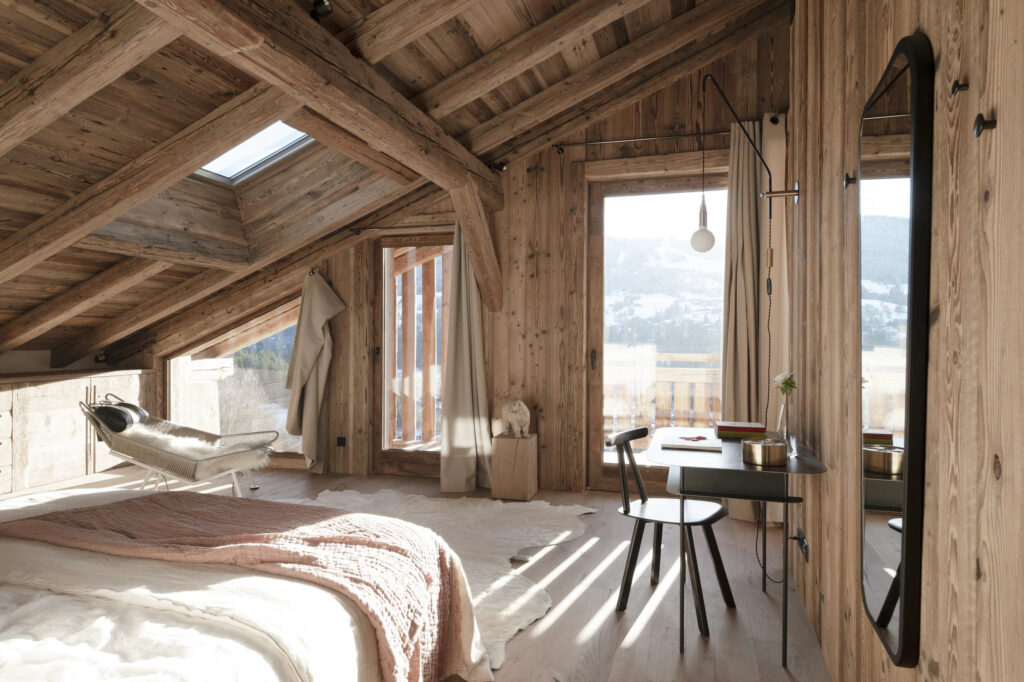
I'm not looking for sophistication or overkill to demonstrate my aesthetic know-how. On the contrary, I prefer simplicity. That's why I often work with wood without a skirting board. It can be old wood, larch, oak or even local wood.
How do you manage to create a subtle balance between tradition and modernity in your creations?
I create a balance between tradition and modernity through my choice of materials. I never tire of exploring the nuances of wood or the textures of stone, because it's this raw material that brings modernity to my projects.
I always search that soft, soothing harmony, creating a subtle continuity between the interior and the surrounding nature. This link is accentuated by precise work on light, which magnifies the beauty of the materials.
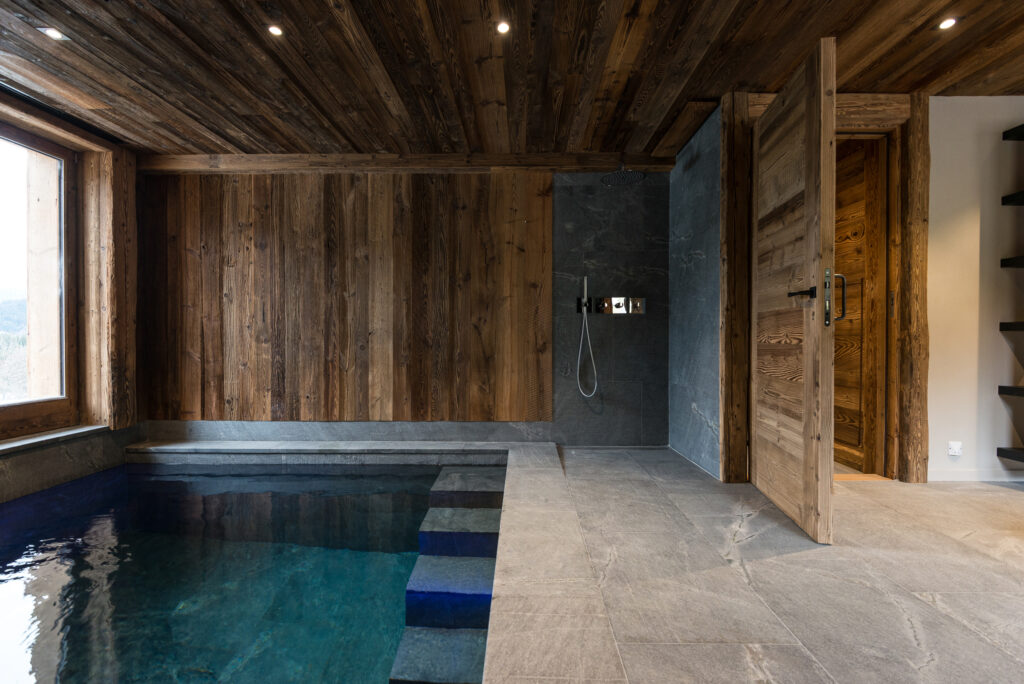
My first requirement is materials. I like the real thing, the authentic. For example, in a kitchen, I opt for a quality wood that ages gracefully, or a robust stone if the use calls for it. Imitation disturbs me. I systematically prefer natural, raw materials in all my creations.
What do you think are the most common mistakes in mountain interior design? How can we avoid them?
The most common mistakes in interior design are often due to visual ruptures. In my opinion, these ruptures mainly occur when materials or shades that don't naturally go together are brutally juxtaposed. For example, combining white paint with warm wood, or mixing different types of wood in the same space, can create a visual imbalance.
For fear of creating a "box effect", we often hesitate to use too much wood in a room. However, trying to avoid this by integrating a white ceiling, for example, produces precisely the opposite effect: the eye is immediately drawn to the contrast. Conversely, designing a space entirely in wood - including floors, walls and ceiling - can enhance the feeling of space, provided the whole is executed with finesse, subtlety and sobriety.
Another common mistake is overkill. For me, space is a luxury that must be preserved and enhanced by allowing it to breathe. This feeling of calm and serenity can only be achieved through sober, uncluttered decoration, without overloading or accumulating unnecessary objects.
Angélique Buisson: when art mingles with chalet decoration
What place do you give to works of art in your projects? How do you see art enriching the identity of an Alpine interior?
In my decorating projects, incorporating works of art such as mountain photographs, paintings or sculptures adds a richness to the identity of an alpine interior. When working on spaces that are at once modern, simple and authentic, works of art naturally complement and sublimate these ambiences. But I'm careful not to overdo it, because "too much effect kills effect". It's crucial to choose the right location, the right height, and to prioritize quality over quantity.
You recently opened your own art gallery, called Rart. How do your two worlds - art and interior design - feed off each other?

These two worlds are in constant dialogue and naturally influence each other. The Rart gallery brings a new energy and creative dynamic that feeds directly into my interior design projects. Each encounter with an artist, each in-depth exploration of their work, awakens in me the desire to bring their work to light. Having selected his works for their uniqueness, I easily find a place for them in my creations. It's a virtuous exchange where art enhances interior design, and design in turn enhances artistic works.
How do you think your customers choose a work of art for their interior design?
In my opinion, my customers' choice of a work of art is always a personal, almost intimate process. It may be a reminiscence of their childhood, an emotion, or simply an aesthetic crush. Sometimes, the artist's reputation also plays a role in their decision: the name reassures and gives an extra dimension to the chosen work. But above all, it's the emotion that dominates. The customer recognizes himself in the work and finds his own feelings in it. Choosing a work of art is an encounter, an exchange with the artist. Take your example, Thomas : your artistic sensibility, your absolute love of the mountains, can resonate deeply with someone, even if that person isn't a mountaineer. They can feel your emotion perfectly well. So it's this meeting of two sensibilities - the customer's and the artist's - that's wonderful.
Which artists or artistic movements particularly inspire you?
I love primitive art and minimalism, because they express the very essence of materials, a purified simplicity that I constantly search in my projects. I love abstract art, as well as sculpture, especially woodcarving. These artistic trends resonate with my love of raw, authentic materials, as well as with my refined, harmonious approach to decorating.
Angélique, many thanks for this exchange. Would you like to add anything for the end?
Yes, the one thing that seems essential to me, Thomas, is our love of nature. Beyond the chalets I decorate and the photographs you take, it's really this attachment to nature that brings us together. For both of us, the mountains are at the heart of everything, even if we feel and understand them in different ways. It's this shared passion that nourishes us and gives meaning to our work. Being able to pass on and share this love, but also to unite people around this common passion, is what really counts for us.
The mountain is at the heart of Angélique Buisson's work, just as it inspires each of my art photographs. Through her creations, the interior designer conveys a profound philosophy: that of a return to the essential and the authentic. Decorating an alpine chalet becomes an invitation to experience the mountains differently, to reconnect fully with them, and to share the universal emotion that unites us intimately with nature.

